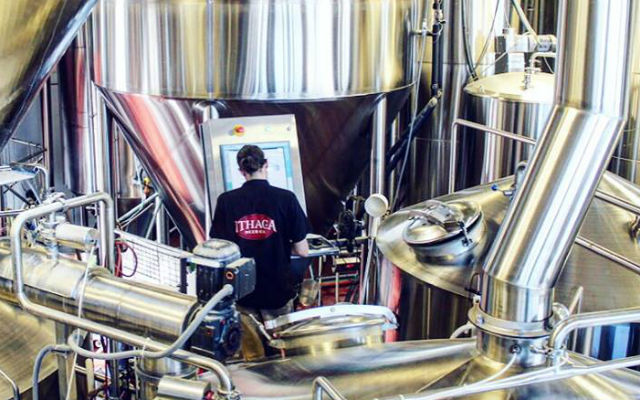
Many times as a brewery grows, the former brewhouse is either sold off or stays on as a pilot system.
That can be a slight hamper in scaling pilot brewed recipes if the former brewhouse, now the pilot brewhouse, is not a scaled version of the larger and newer production brewhouse.
The main intent of most pilot systems is to give brewers a chance to experiment on a smaller scale without incurring the risk and expense of committing expensive ingredients and limited tank space to large volumes of beer that may or may not sell through, or even come out to a brewer’s satisfaction.
For Ithaca Beer, the brewery has both a 50-barrel production brewhouse as well as a 5-BBL brewhouse right alongside it. The 5-BBL system was installed around the same time as the production system when Ithaca expanded into its new production facility in 2012. The brewery’s pilot system was installed with a few objectives in mind: Test batches, experimentation, production for its taproom and also special releases.
Abe Kabakoff, the head pilot brewer for Sierra Nevada’s Chico, California facility, said that the current pilot brewery that he runs was built more than a decade and a half ago to simulate the main brewhouse. The pilot brewhouse was envisioned as a tool to try out new processes and improve the main brewery. It is a five-vessel brewhouse with a mash tun, lauter tun, two boil kettles and a whirlpool.
“We even purchased a steep-conditioning mill from Huppmann to be sure our grain milling was as close as possible to production,” Kabakoff said. “Our kettles have similar internal calandrias to production, and an attempt was made to keep the volume to heating area ratio the same.”
Now new brews are created almost every month as the rise of “rotation nation” has gripped consumers.
Scalability is a difficult thing, Kabakoff noted. Although he is working with 20-times less space, that doesn’t translate perfectly.
“We can’t take a pilot recipe and multiply everything by twenty to get a production recipe,” he said.
Base malt works by the 20-times scale, he said, but somehow the production batch gets more color out of roasted malts, so the formulation is only needed to scale up by about 17 times.
Hops have been really difficult to align well, Kabakoff added.
“When we do benchmark Pale Ale, we need to use about 50 percent more hops than a direct scaledown would indicate,” he said.


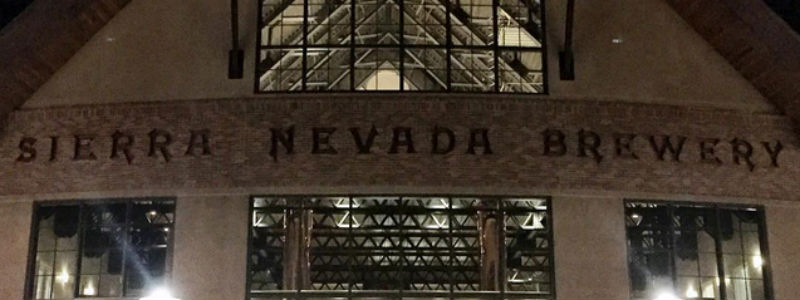
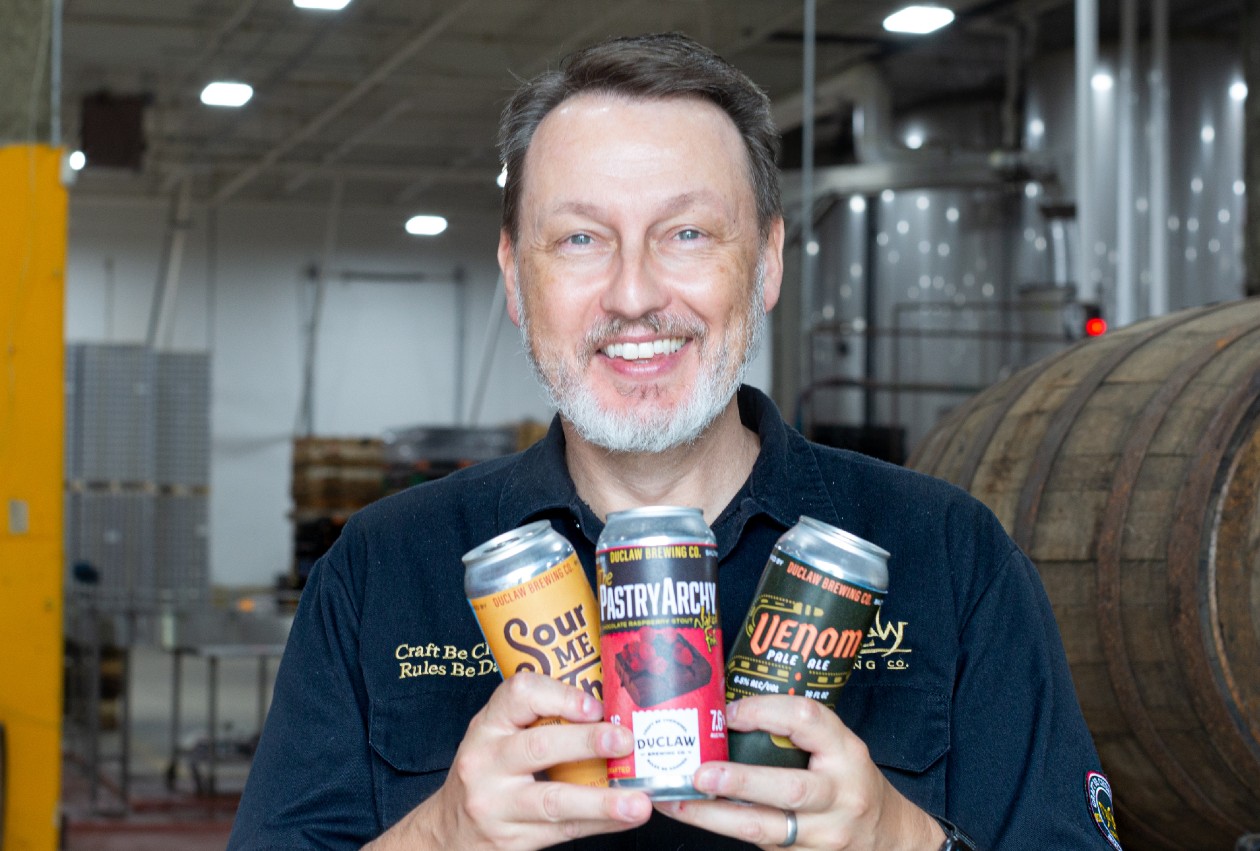
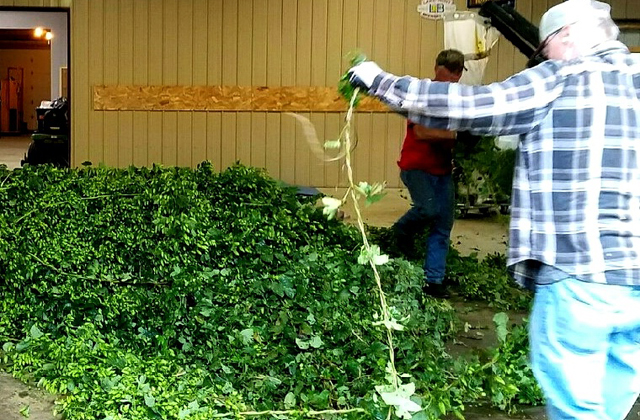
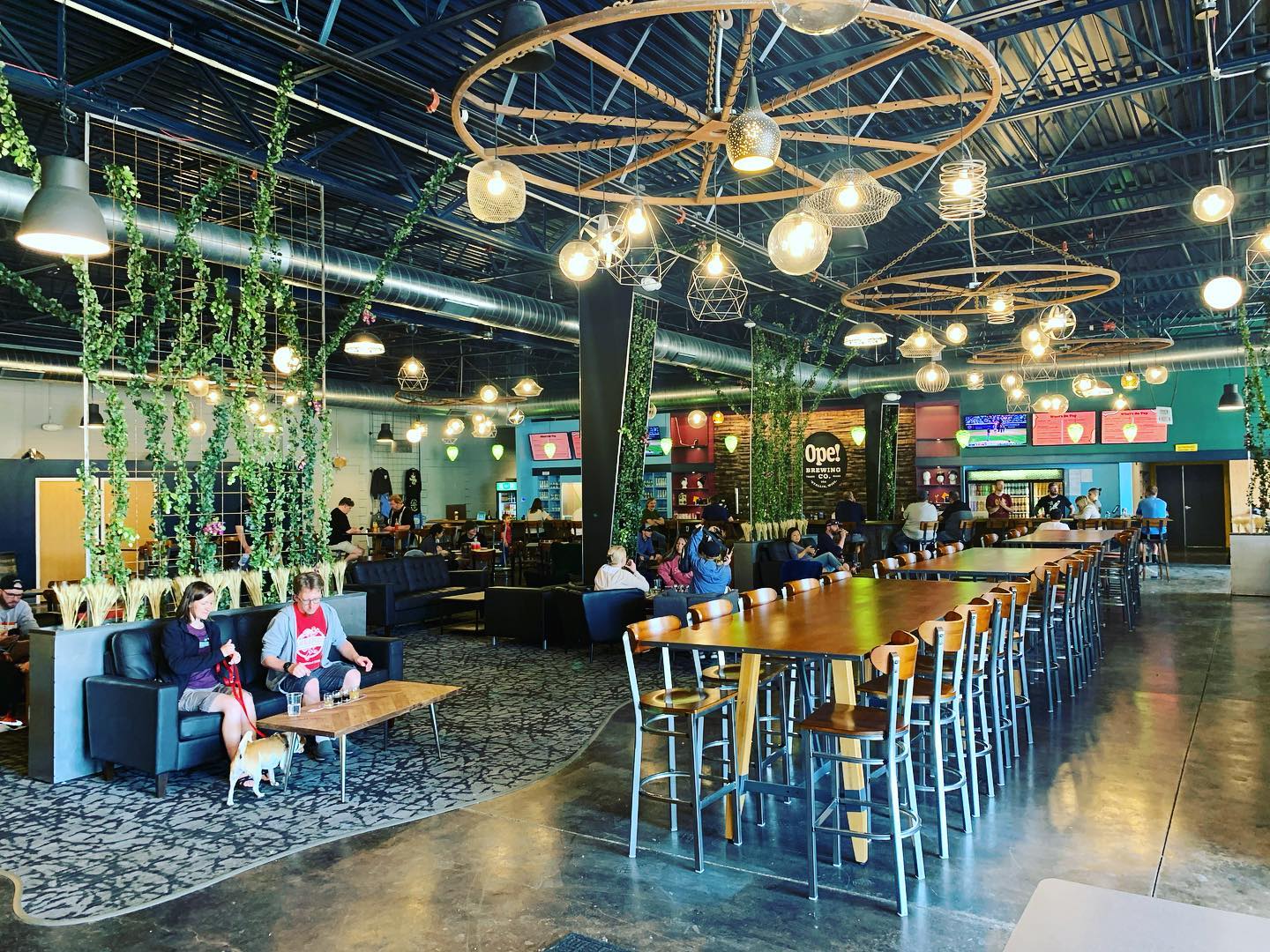
2 Trackbacks / Pingbacks